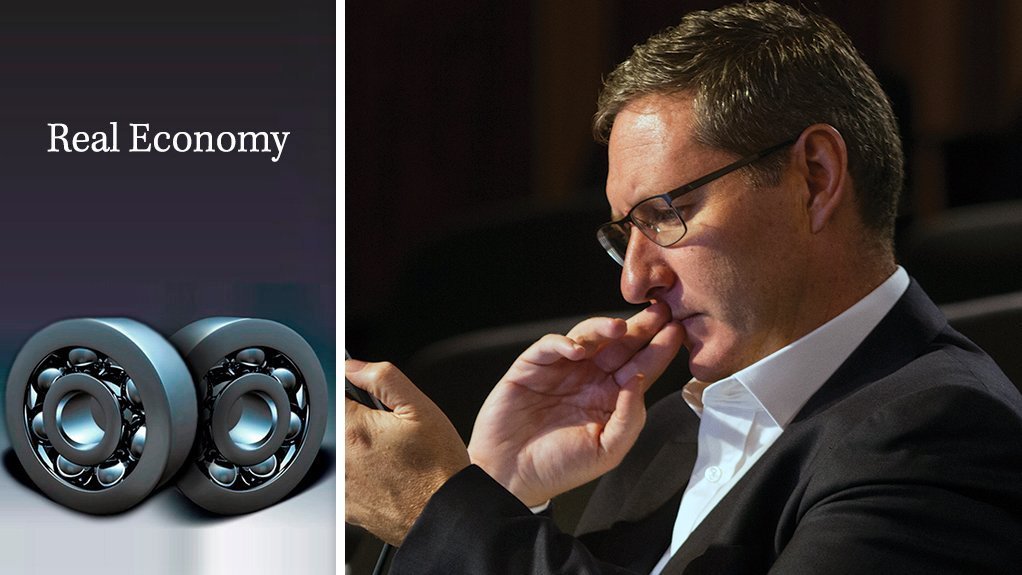Eskom may have a technical case for reviewing the National Energy Regulator of South Africa’s (Nersa’s) tariff determination for 2018/19. However, it’s not fully clear how the move gels with its intention to claw back energy-intensive customers lost over the past decade, largely as a result of surging tariffs.
The State-owned utility is certainty within its rights to question whether Nersa may have erred in granting it a 5.23% tariff increase from April 1, as opposed to the 19.9% sought. Indeed, Eskom has stated publicly that it cannot comprehend how, had the methodology been applied as it expected it would, Nersa could have granted anything less than 12%. The upshot is the utility’s first-ever legal challenge to a tariff determination – one that will take the form of an application to the High Court to have the decision set aside.
From a pure process perspective, it will be interesting to see how such a challenge is dealt with. Nevertheless, the legal action raises fresh uncertainty, as was immediately pointed out by the Energy Intensive User Group of Southern Africa. This is because the court challenge arises in addition to both Eskom’s Regulatory Clearing Account (RCA) applications, which have also created price-path anxiety, and the utility’s impending multiyear price determination submission for the coming three years.
More fundamentally, though, Eskom’s action appears to be out of sync with its evolving corporate ambition to win back customers. This strategy has already started playing itself out, with Nersa considering, or having already granted, a handful of time-defined special pricing agreements for power-intensive customers.
Speaking at the recent energy stakeholder gathering, Eskom group executive for customer services Ayanda Noah acknowledged that the request for retrospective RCA hikes were “counterproductive” from the perspective of economic growth. She reported that Eskom was, therefore, approaching baseload customers that had either curtailed production, or closed down as a result of higher electricity prices, to offer some relief. A framework for such relief was being developed under the aegis of the Department of Energy (DoE). CEO Phakamani Hadebe subsequently repeated this message, reporting that Eskom’s long-term corporate strategy, which would be finalised within months, would focus not only on cost cutting but also on revenue maximisation.
Growing baseload demand would be beneficial to all consumers, given that ‘volumes’ are the denominator in the tariff-setting methodology, while ‘allowed revenue’ is the numerator. Therefore, the higher the sales, the lower the percentage increases.
It is far from clear how the contradictory goals of higher tariffs and higher sales can be achieved, unless the pricing relief that has hitherto been granted to only one or two industrial consumers is offered far more widely. From an economic perspective, such an approach seems logical, but, from a political perspective, it could prove hugely challenging. Therefore, Eskom, the DoE and Nersa should prepare for heavy resistance.
EMAIL THIS ARTICLE SAVE THIS ARTICLE ARTICLE ENQUIRY
To subscribe email subscriptions@creamermedia.co.za or click here
To advertise email advertising@creamermedia.co.za or click here











